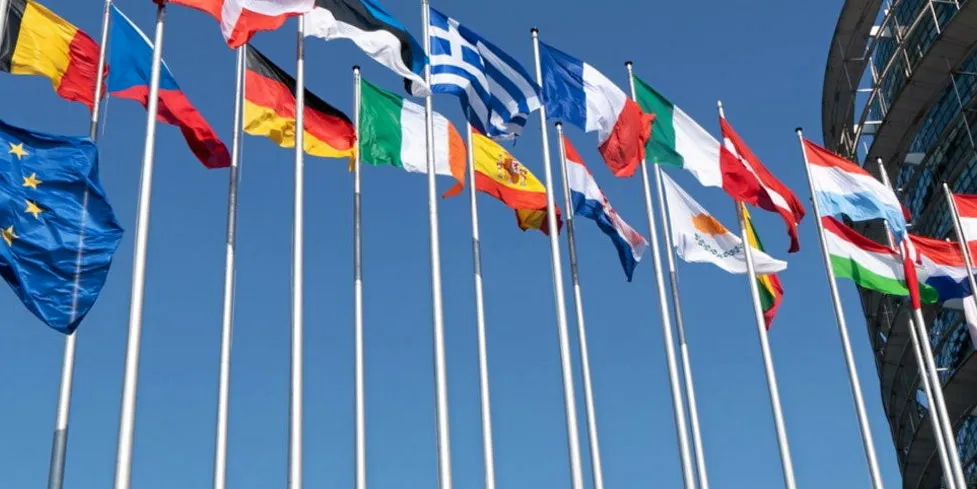'Landmark moment' as renewables beat fossil fuels in EU power share for first time in 2020: report
Wind and solar account for one-fifth of bloc's electricity last year as coal slumps, say think-tanks

Wind and solar account for one-fifth of bloc's electricity last year as coal slumps, say think-tanks
